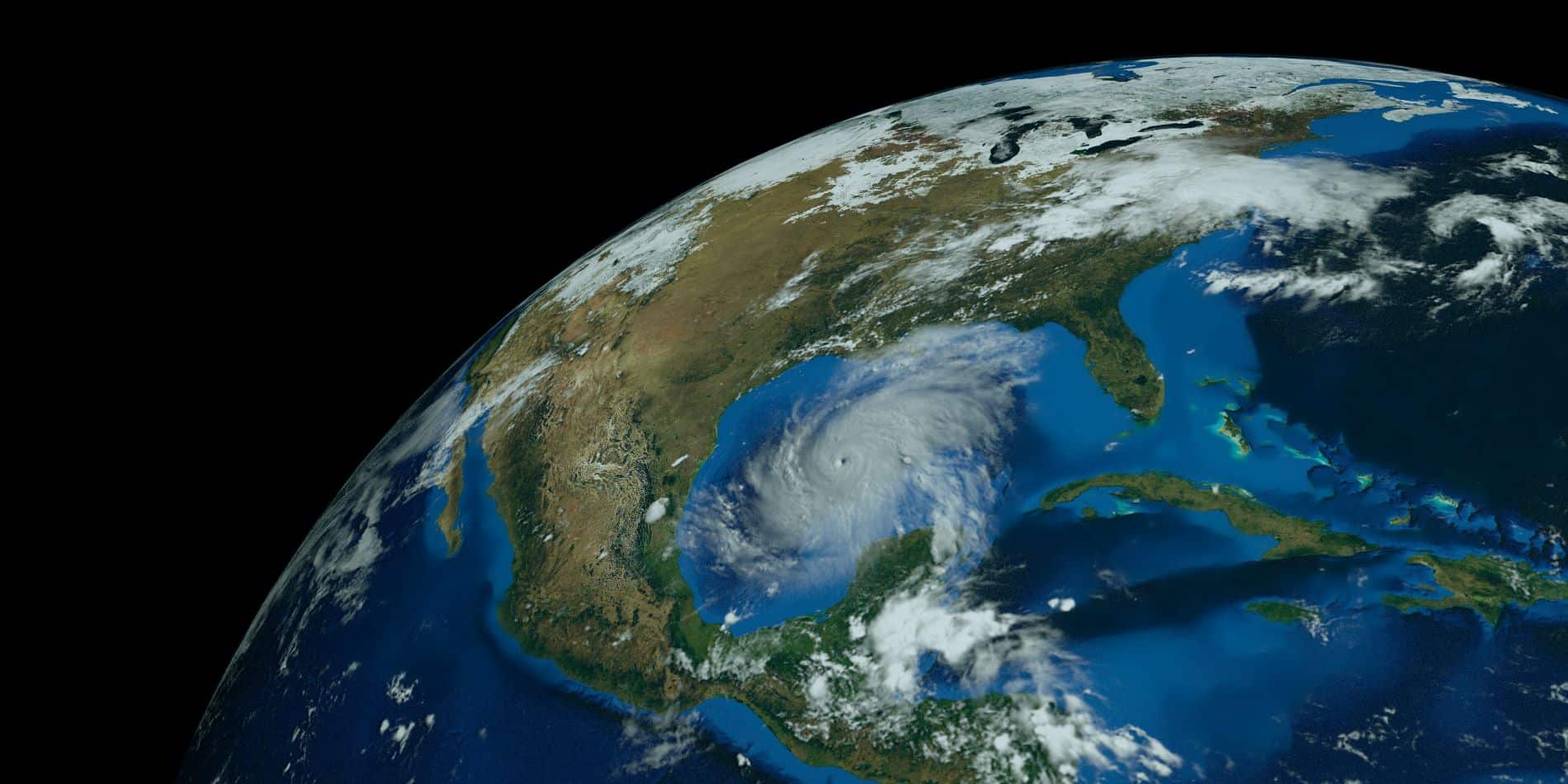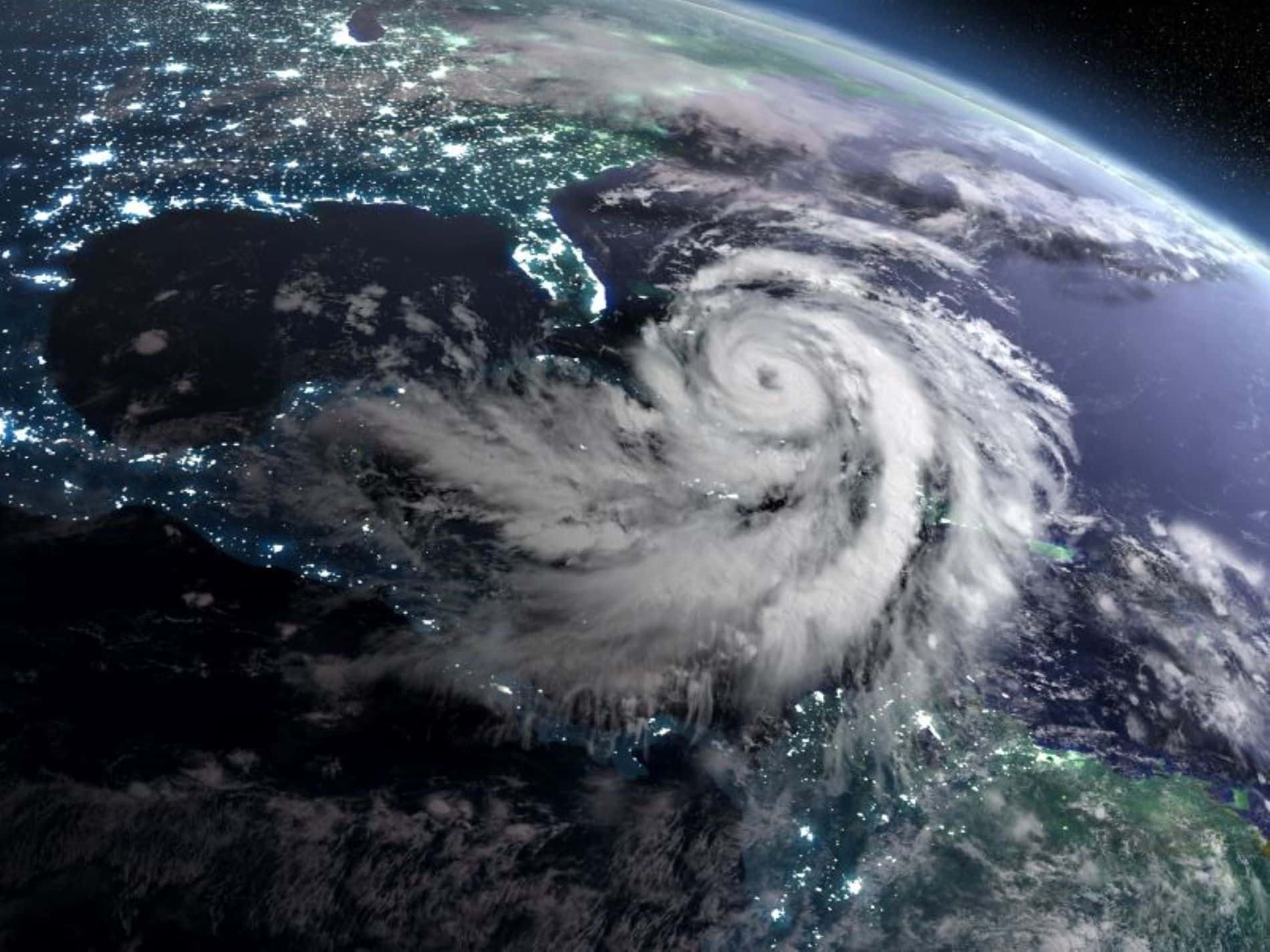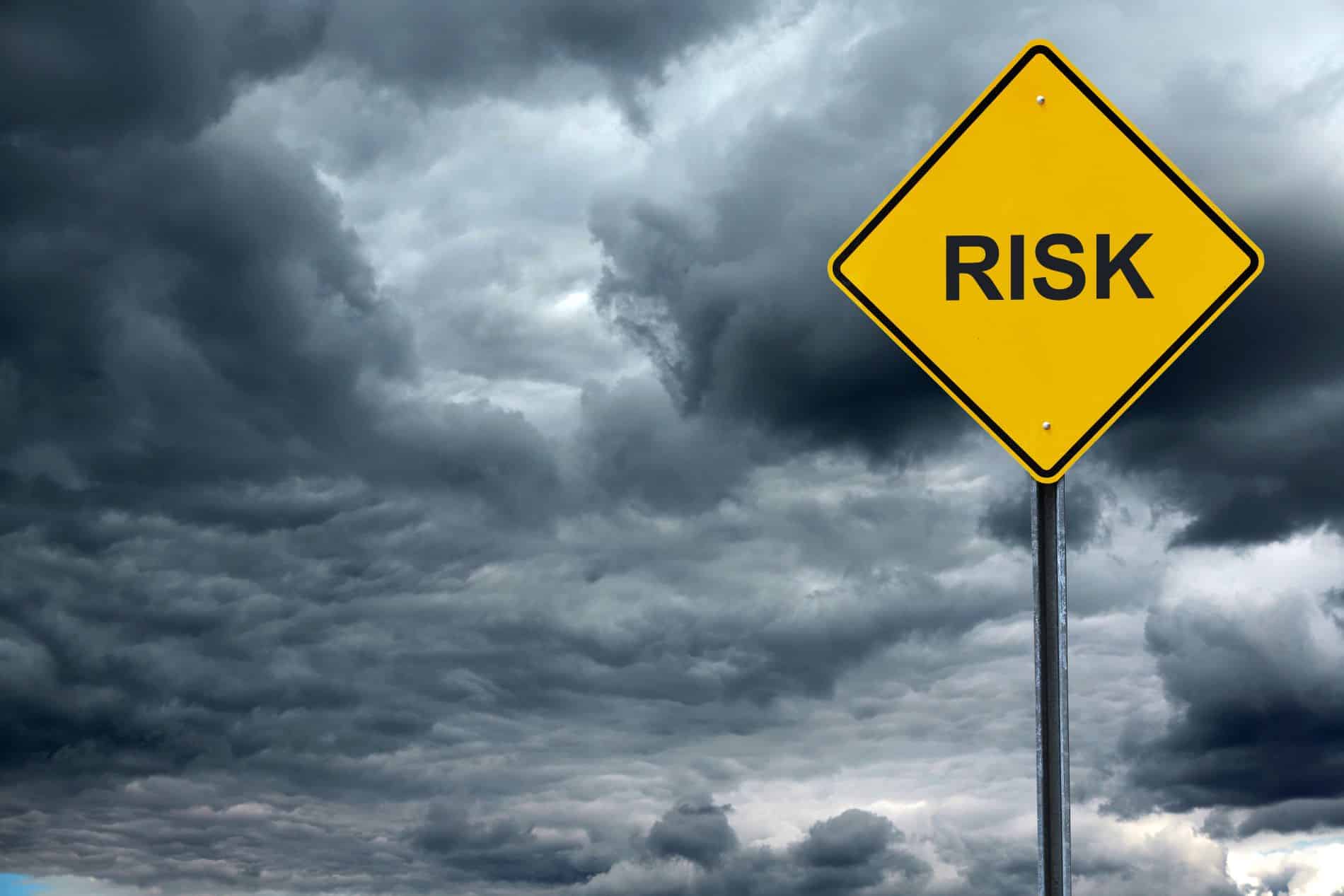
All Early Predictions Call for a Busy 2024 Atlantic Hurricane Season
Forecasters are predicting an exceptionally active Atlantic hurricane season in 2024. The combination of La Niña conditions and record-high sea surface temperatures sets the stage for what could be a challenging year for tropical cyclones.
Unlike El Niño, La Niña doesn’t bring the wind shear that typically helps break up storms, allowing hurricanes to develop more freely. Additionally, warm water temperatures provide the energy storms need to strengthen, making it important for homeowners in vulnerable areas to review their insurance policies. Lastly, consumers need to confirm their wind/hail deductible so that they understand their exposure and a conversation should be had to make sure there is sufficient Dwelling Coverage especially in light of the recent inflation. Being under-insured in a claim is often a catastrophic event.
Historical Lessons for 2024
Forecasters use historical patterns to guide their predictions for 2024. They’ve identified five “analog” years—1878, 1926, 1998, 2010, and 2020—that featured similar conditions of above-average sea surface temperatures combined with La Niña. These years provide valuable insight into what this season might bring, especially for regions that face frequent hurricane threats and require special insurance considerations.
Forecasts for the 2024 Season
Several major organizations have released predictions, all pointing to an extremely active season. AccuWeather is even suggesting the possibility that 2024 could break the all-time record of 30 named storms in one season, set in 2020. Given the increased likelihood of storms, homeowners in hurricane-prone areas should ensure they have adequate coverage.

AccuWeather’s 2024 forecast:
- 20-25 named storms
- 8-12 hurricanes
- 4-7 major hurricanes
- 4-6 direct U.S. impacts
For comparison, an average Atlantic hurricane season (based on a 30-year period from 1991-2020) typically features 14 named storms, 7 hurricanes, and 3 major hurricanes, according to NOAA. Major hurricanes are classified as Category 3 or higher, with sustained winds of at least 111 mph. This expectation, should it come true will create tens of thousands of claims, cost billions of dollars in claims and all at a time when it has never been riskier for insurance companies to writer high risk home insurance.
Historical Analog Years for the 2024 Hurricane Season
Meteorologists have identified five past seasons—1878, 1926, 1998, 2010, and 2020—that share similar conditions with 2024, particularly the presence of La Niña and above-normal sea surface temperatures. Reviewing these years offers insights into potential dangers ahead, prompting homeowners to ensure their insurance coverage is prepared for high-risk situations.
2020: A Record-Breaking Year
The 2020 season set the all-time record for named storms, with 30 in total. Eleven of these storms made landfall in the continental U.S., making it one of the most impactful seasons in recent memory. The season started early with nine named storms by July and exhausted the traditional list of names by September 18. For only the second time in history, the Greek alphabet was used to name the remaining storms of the season.
Some significant storms from 2020 include:
- Hurricane Isaias (July 30-Aug. 4): Passed close to West Palm Beach and Fort Lauderdale, causing power outages and coastal damage, underscoring the importance of being prepared for storm impacts.
- Hurricane Sally (Sept. 11-17): Caused extensive damage across the Florida Panhandle, highlighting the need for homeowners to have proper coverage.
2010: A Season of Near-Misses
The 2010 season produced 19 named storms, 12 of which became hurricanes. Despite the large number of storms, favorable atmospheric patterns kept many of them from making landfall in the U.S. One exception was Hurricane Earl (Aug. 25-Sept. 4), which grazed the Mid-Atlantic and Northeast U.S. coastline. Fortunately, impacts were minimal, but it served as a reminder for homeowners to stay vigilant with their insurance coverage.
1998: Deadly and Devastating
The 1998 season saw 14 named storms, with 10 of them becoming hurricanes. It was one of the deadliest hurricane seasons, largely due to Hurricane Mitch, which caused an estimated 11,000 deaths in Central America. Homeowners near the Gulf Coast and Florida should take note of these events and ensure their policies are up to date to avoid facing catastrophic financial losses.
1926: The Great Miami Hurricane
The 1926 hurricane season was particularly destructive, with 12 hurricanes and six major storms. The Great Miami Hurricane, a Category 4 storm, made landfall in Miami, bringing a storm surge of nearly 15 feet. It caused widespread destruction across Southwest Florida, emphasizing the critical need for insurance in regions exposed to such severe weather.
1878: The Gale of ’78
The 1878 season saw 12 tropical cyclones, including 10 hurricanes. One major storm, referred to as “Storm 9,” caused extensive damage from Florida to North Carolina. Homes along the coast were severely impacted, highlighting the importance of being insured in vulnerable areas.
Preparing for the 2024 Season
With forecasts predicting a highly active hurricane season, it’s more important than ever for homeowners in coastal areas to be prepared. In addition to stocking up on emergency supplies, now is the time to review your policies to ensure you are adequately covered for the storms ahead. History has shown that even in years where the overall activity is lower, individual storms can cause significant damage. The 2024 hurricane season runs from June 1 through November 30, and homeowners should take action early to protect their properties and finances.

2024 Atlantic Hurricane Season FAQs
Q1: What is the forecast for the 2024 Atlantic hurricane season?
The 2024 Atlantic hurricane season is predicted to be highly active. Several forecasting agencies, such as AccuWeather and most other meteorologists project 20-25 named storms, 8-12 hurricanes, and 4-7 major hurricanes. Some forecasts suggest the season could break the all-time record of 30 named storms set in 2020.
Q2: What factors are contributing to the expected high activity in 2024?
Two main factors are contributing to the expected high activity: La Niña conditions and record-high sea surface temperatures. La Niña reduces wind shear, which helps tropical storms develop, while warmer ocean waters provide the energy needed to fuel and strengthen hurricanes.
Q3: What is “high-risk homeowners insurance,” and why is it important?
High-risk homeowners insurance refers to specialized insurance policies for homes in areas prone to natural disasters, such as hurricanes, floods, or wildfires. This type of coverage is essential for homeowners in coastal or hurricane-prone regions because it offers financial protection from the extensive damage that severe storms can cause.
Q4: How does the 2024 forecast compare to an average hurricane season?
On average, an Atlantic hurricane season sees 14 named storms, 7 hurricanes, and 3 major hurricanes. In contrast, the 2024 season is expected to have well above this average, with forecasts predicting up to 25 named storms and 12 hurricanes.
Q5: What are “analog years,” and how are they used to predict hurricane seasons?
“Analog years” are past hurricane seasons that featured similar conditions to the current year, such as sea surface temperatures and atmospheric patterns. For 2024, forecasters have identified 1878, 1926, 1998, 2010, and 2020 as analog years due to similar La Niña conditions and warm ocean temperatures. These years help forecasters predict potential hurricane activity.
Q6: What lessons can we learn from previous high-activity seasons like 2020 or 1998?
The 2020 season set a record with 30 named storms, and the 1998 season was marked by 10 hurricanes, including the deadly Hurricane Mitch. Both seasons show that even when numerous storms form, the level of impact depends on where these storms make landfall. It also highlights the importance of high-risk homeowners insurance to protect homes from the financial devastation hurricanes can cause.
Q7: What steps should homeowners in hurricane-prone areas take to prepare for the 2024 season?
Homeowners should take the following steps to prepare:
– Review and update their high-risk homeowners insurance policies to ensure adequate coverage.
– Create an emergency kit with supplies such as food, water, medications, and important documents.
– Secure their homes by reinforcing windows and doors and trimming trees near their property.
– Stay informed about the latest weather updates and evacuation orders during the season.
Q8: How do La Niña and El Niño impact hurricane seasons differently?
La Niña and El Niño are opposite climate patterns. La Niña reduces wind shear in the Atlantic, making it easier for hurricanes to form and intensify. In contrast, El Niño increases wind shear, which can help disrupt the development of tropical storms. The presence of La Niña in 2024 is a key reason forecasters expect an above-average hurricane season.
Q9: When does hurricane season typically start and end?
The Atlantic hurricane season officially runs from June 1 to November 30 each year. However, storms can occasionally form outside of these dates, though it’s rare.
Q10: What should I do if a hurricane threatens my area?
If a hurricane is expected to impact your area:
Follow local authorities’ guidance on evacuation or shelter-in-place orders.
Secure your home as much as possible and bring outdoor furniture inside.
Have your high-risk homeowners insurance policy details and emergency contact numbers readily available.
Stay tuned to local news and weather reports for updates on the storm’s path and intensity.
Q11: What areas are most at risk during the 2024 hurricane season?
Coastal regions in the Gulf of Mexico, the Southeastern United States, and the Caribbean are typically most at risk during the Atlantic hurricane season. These areas should ensure they are adequately prepared and have proper high-risk homeowners insurance in place.
Q12: Can I get homeowners insurance if I live in a high-risk hurricane area?
Yes, many insurers offer high-risk homeowners insurance for properties in hurricane-prone areas. However, premiums may be higher, and there may be specific conditions or deductibles related to hurricane damage. It’s essential to shop around and understand the terms of your policy.
2024 Atlantic Hurricane Season Links
Recent Posts
Claims Surge Amid Unusual 2024 Hurricane Season and What Does it Mean for High Risk Homeowners Insurance?
How is the season so far and what do higher temperatures have to do with it? That warm waters in the tropical Atlantic...
2024- Are Burglary Claims Still a High Risk?
Burglaries are a persistent threat to homeowners across the U.S., with over one million break-ins occurring annually. Even though burglary rates have decreased...
2024 Atlantic Hurricane Season Predictions
All Early Predictions Call for a Busy 2024 Atlantic Hurricane Season Forecasters are predicting an exceptionally active Atlantic hurricane season in 2024. The...



